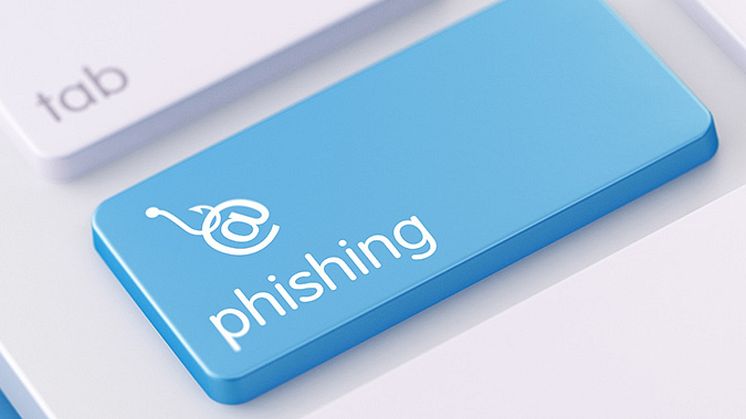
News -
Phishing: This is what you need to be aware of
The most common form of phishing is carried out by e-mail and is something most people have heard of. It is often difficult to identify this type of e-mails as fraud, as they appear to come from a legit sender. In reality, they come from fraudsters that hide behind fake e-mail addresses for economic gain or sensitive data.
Phishing e-mails often encourage you to click on links to websites that look like well-known original websites that people trust.
Malicious software
Fraudsters can also get people to download malicious software on their computer, for example through an add-on for your web browser. This type of software is capable of installing a so-called Trojan on your computer – a virus that logs and extracts information that you type into your computer.
This means that your account details and other private information risk ending up in the hands of criminals.
You can prevent this by verifying the origin of all software that you install on your computer, and by regularly scanning your computer for viruses.
SMS-phishing
You may have received a message from a suspicious phone number before? SMS-phishing – also called smishing - is becoming a more and more common type of scam. If you receive a message from an unknown number, where the content does not make sense to you, it is important that you do not click any links in the message.
In some cases, the name of the sender appears as text on the screen.
This type of message often appears to come from well-known organisation. However, anyone with just a minimum of technical insight can send messages that appear to come from someone else. Therefore, it is important that you consider if the links that you have received are reliable. You should also ask yourself if there is a sensible reason to why you received the message.
Good habits
There are many measures that you can take to minimize the risk of being scammed. Always check if the sender address is identical to the name that appears at the top of the e-mail. It is also a good idea to check all links that are included in the message. Always be careful when you share information on behalf of yourself and others.
